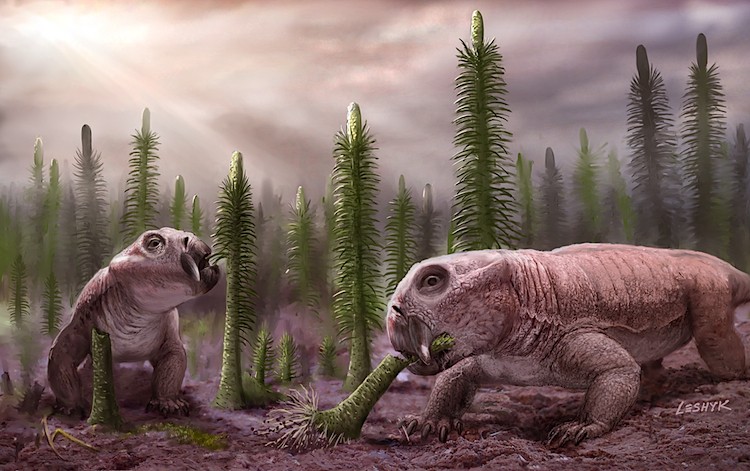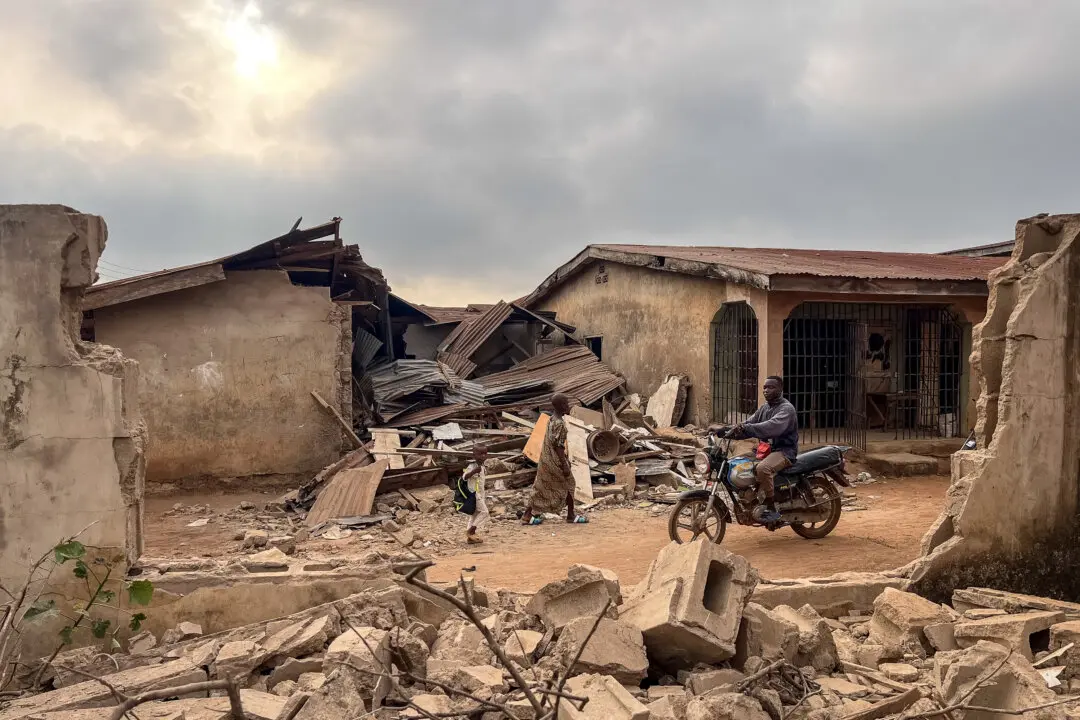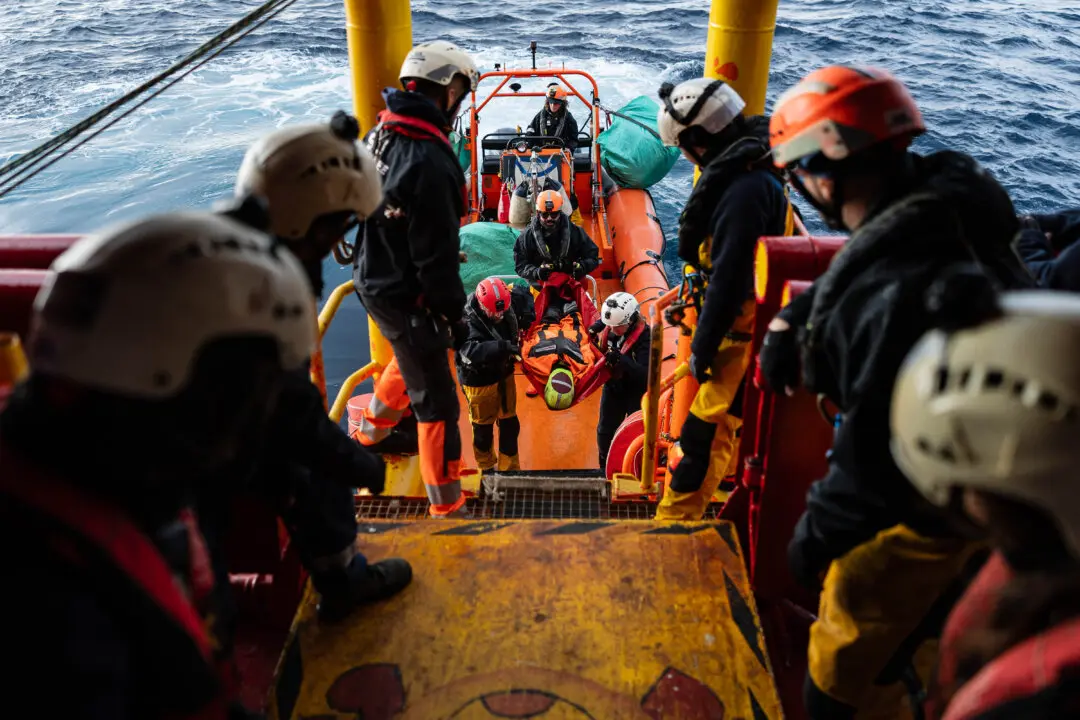How the Permian-Triassic Extinction Event Affected Land-Based Animals
A new U.S. study has examined how terrestrial vertebrates were affected at the end of the Permian Period about 252 million years ago when up to 90 percent of ocean creatures went extinct.
|Updated:






